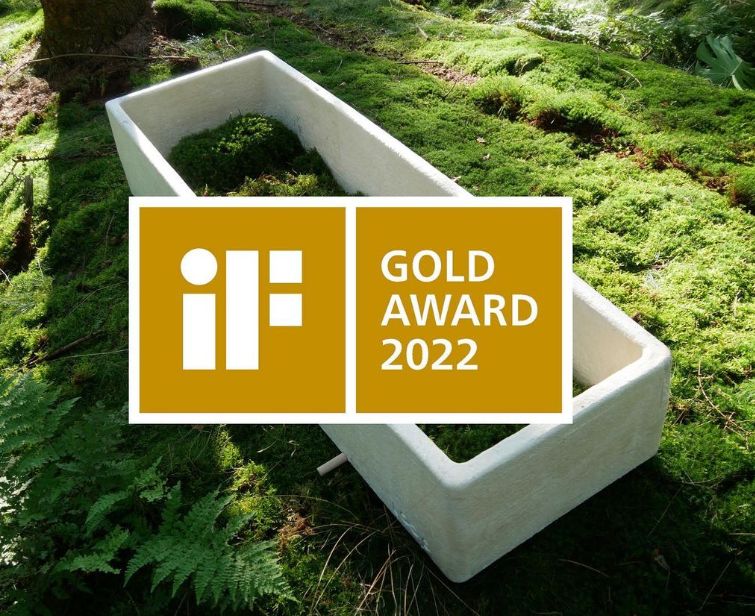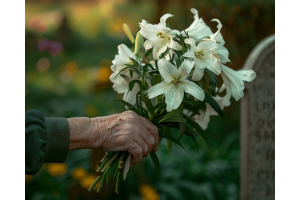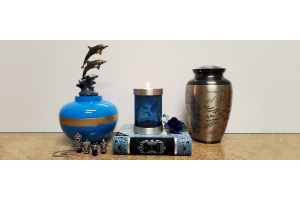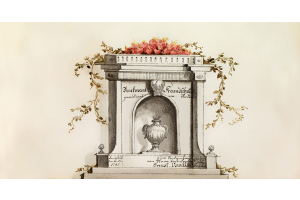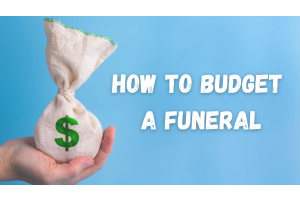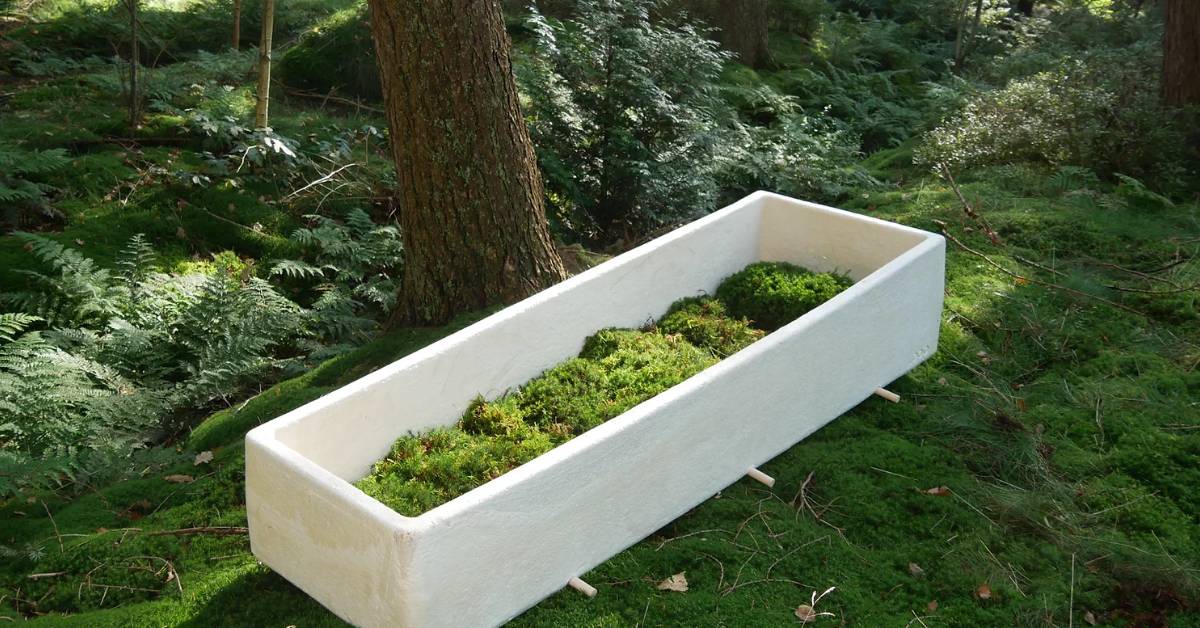
Right now, bodies in the US are embalmed, and that process uses harsh chemicals such as formaldehyde.The Mushroom Coffin is a new innovation that uses a mixture of fungus as a means to decompose human remains in a way that improves the environmental aspects of burial and gives people another option over cremation.
Not only is this an eco-friendly way to deal with end of life, it is a way in which a human body can give back to the natural world. The burial treatment and process is not environmentally friendly as the chemical used to preserve the body leach into the ground.
What Is The Mushroom Coffin?
The mushroom coffin is a product of the Netherlands and by a company called The Loop. The name is an indication of the role of the mushroom coffin or as they call it The Living Coffin. It represents that last link in The Circle of Life - where all organisms die, decompose, and return to the natural elemental world where other living organisms consume the chemical and nutrient remains of the decomposed body.
The Living Coffin is grown, not produced. The process uses mycelium - an underground form of fungi that in nature is one of the most efficient decomposers. Mycelium not only decomposes organic matter, but also many of the toxins, heavy metals, and other pollutants that our bodies have.
The Cocoon or living coffin is made from 100% natural materials. The process involves a seven-day growth period where mycelium is grown in a frame that is infused with wood chips. Once the mycelium has filled out the frame, the coffin is dried, which stops the growth process of the mycelium. As the coffin dries, it becomes strong enough to hold a human body.
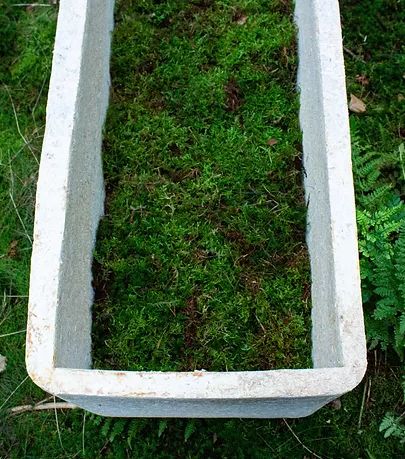

The process is certified as 100% natural by Cradle2Cradle Gold and Greenleave The wooden handles can be removed before burial. Once the mushroom coffin becomes saturated with groundwater, the decomposition begins.
How Does a Mushroom Coffin Work?
A Dutch company called loop created a coffin made of fungal fibers mixed in with wood chips, which they grow in a coffin-shaped mold. Once the mycelium fungus has saturated the wood chips, the coffin dries to stop the growing process. Once dried, the coffin is strong and hard. Wooden poles are inserted into grooves so that once a body is placed in the mycelium coffin, the unit can be transported to its resting place.
When Burial Begins
A layer of moss acts as a lining for the coffin. In a traditional coffin the lining may be made of plastic or Styrofoam overlain with velvet or microfiber material. That process adds toxins into the soil once the traditional coffin breaks down.
With the Mushroom Coffin, the process is gentle, natural, and cleansing.
Once a body is placed into the mushroom coffin and the coffin is placed on the ground, the process of activating the mycelium begins. They spray the coffin with water to start that process.
If the Mushroom coffin is left on top of the ground, it will activate slowly. If you bury it in the ground, groundwater will continue to activate the mycelium and decomposition occurs faster.
Who Are the Pioneers Behind This Innovation?
The Loop is a biotech company based in the Netherlands. Bob Hendrix is the founder of The Loop and the company sells itself as a biotech company working to restore nature. It is home to inventors, scientists, engineers, and entrepreneurs.
Companies like The Loop and others similar in their expertise are important when we look at vital issues like the world population in 2022 is sitting at 7.9 billion people. With the impact of natural disasters such as COVID-19 there is a dire need for a more efficient and natural way to enter remains into the ground.
As of 2022, the death rate from COVID-19 and its variants has risen to over six million people. It takes about twenty years for a traditional burial coffin to decompose. The world does not have the space to adequately bury so many people so quickly. That number of bodies represents a large problem for the environment. The Loop and their Mushroom Coffin help to solve concerns such as these.
A traditionally buried body requires between ten-twenty years to fully decompose including the coffin. With The Mushroom Coffin the process takes only three years depending on a few natural factors, such as climate, location, and soil health/conditions.
The team at The Loop offer an environmental way to return the human body back to nature through a small exploitation of the natural lifecycle and the use of fungi. This process also helps to remove the toxins and heavy metals that are in the human body thanks to our modern way of life.
The Mushroom Coffin are part of the growing interest that offers a more natural way for the departed to enter into the nutrient cycle. Those include:
- Tree Pods / Cremation Trees
- Artificial Coral Reefs
- Coffins made of Wicker / Macramé / Cardboard
- Water Alkaline Cremation
How Do Traditional Death Care Practices Impact the Environment?
There is a long list of byproducts that occur when the human body decomposes. Those include chemicals such as formaldehyde, which is used during embalming.
Other issues include the heavy metals that are part of us from surgical procedures, dental procedures, plastic surgery procedures, and chemicals that are found in the food we consume. All of those elements are left behind when the natural body decomposes.
The toxicity from burial can become damaging enough that the land around the body can become contaminated, the chemicals and heavy metals can also leach into the groundwater. In some cases where there are many burials, the leaching of toxins can gradually become a real environmental problem.
While cremation is recognized as a step in the right direction when focusing on ecological options in the death care industry, it still holds some elements are not overly environmentally friendly. These factors include using gas or electricity to incinerate a body. Most electricity is made by burning fossil fuels which add to the greenhouse gas problem.
In the US, embalming is not a legal factor- it is optional. It was a practice that came out of the US Civil War, which allowed fallen soldiers to be stored and shipped back to their home states for burial. The process of embalming flushes the body of its natural fluids and replaces them with a preserving liquid that includes formaldehyde.
In a desertion by Scott Mallory - the full impact of the burial and cremation practices on the environment are lain out in great detail. One of the quotes from this paper is by Mark Harris, author of Grave Matters and goes:
"The typical 10-acre cemetery ground contains enough coffin wood to construct more than 40 homes, 900+ tons of casket steel, and another 20,000 tons of vault concrete" (1)
What is interesting about that quote is the volume of material and resources that traditional burial uses. As options like the mushroom coffin become more available in a growing market interest, we can expect the unnecessary excess of materials used to become a decisive factor in the decision process for individuals.
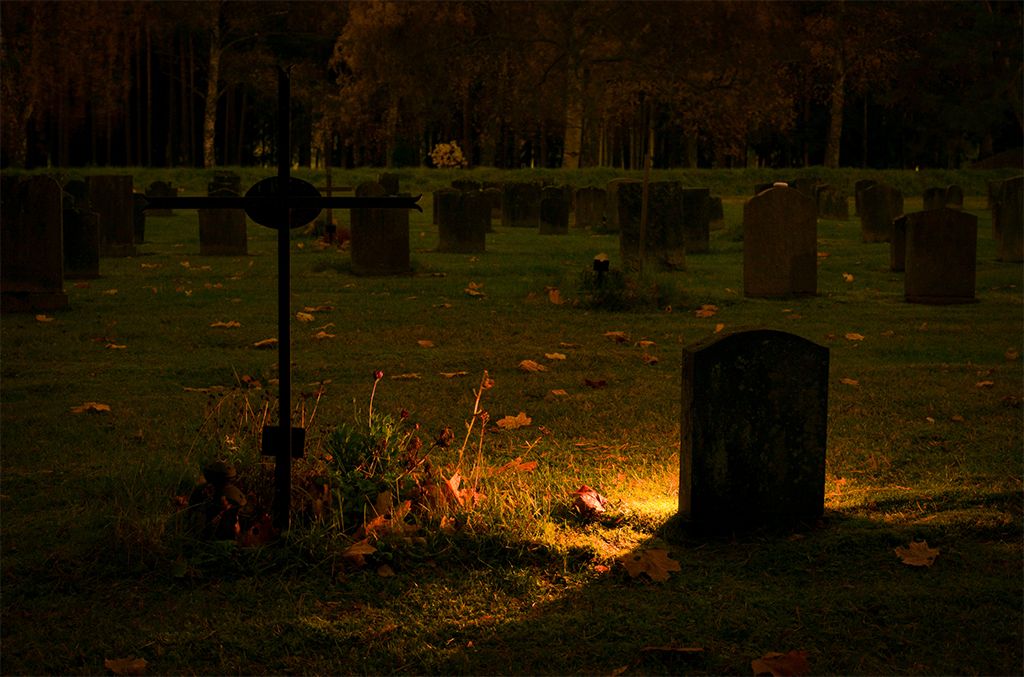

Why Is The Loop's Mushroom Coffin Important?
In today's world, the focus on the environment is large and growing. People are looking at many ways to lower their carbon footprint and including death.
Part of the consumer process include finding brands that support political and environmental concerns that are similar or in alignment with those of the consumer. If you are a consumer who has spent a portion of your life making positive choices that protect the environment, you are more likely to opt for a burial that is also environmentally beneficial.
The Mushroom coffin offers a simple answer to the questions that environmentally conscious people are asking. The fact that it removes that mega vault of debris caused by traditional burials is the fist step in the right direction for environmentalists.
If Mushroom Coffins scales, these are some of the benefits we can expect to see
Considering that authorities ration that you can fit 800-1,200 graves on a single acre of land, the US along would need somewhere around 140,000 acres just for burials. That is about 1/5 of the total size of Rhode Island. The Loop's Living Cocoon ties up land for only about three years. Because the process is natural, and the mycelium is able to convert toxins it frees up a large portion of land that otherwise would be set aside for cemeteries.
If the Mushroom Coffin were to become mainstream and replace the traditional burial, we would likely see a vast reduction in the cost of funerals. According to the National Funeral Directors Association, the average cost of a funeral with viewing in the US was just under $8,000 and for a cremation it was just under $7,000.
The simplified process offered by environmental innovations like the mushroom coffin could be significantly less. Current prices for direct shipped Mushroom Coffin is just under $1,500. That is already a significant savings.
Who Is Most Likely to Purchase a Mushroom Coffin?
The early adopters and consumers of the Mushroom Coffin are those who are environmentally concerned about the impact of burial on the environment. Also, according to the National Funeral Directors Association - 55.7% of consumers would be interested in exploring the options of a green funeral.
Price Conscious Buyers - At around $1,500 USD, the Mushroom Coffin is a mid-market price option. In the US, a low-cost casket is around $600 and what you get might only be cardboard. The metal caskets range to $4,000 and above making the Mushroom Casket a fairly affordable option. In addition, embalming, which is a requirement if there is to be an open casket and viewing can run as high as $700.
Overall, you are looking at a buyer persona who is environmentally concerned about their final impact on the environment. They are likely educated and willing to accept new methods of burial. The admirable part about the Mushroom Coffin is that it only varies in difference from a traditional casket in that it is made up of mycelium and wood chips. It's function, with the beautiful insert of moss, does not change the way we honor the dead.
One of the major obstacles that innovative burial products face is educating the consumer market. Once more individuals understand the practices involved in traditional burials vs the mushroom coffin process, along with environmental impacts, it would be sure to help convince people to consider options such as this.
How disruptive could the mushroom coffin be to the current death care industry?
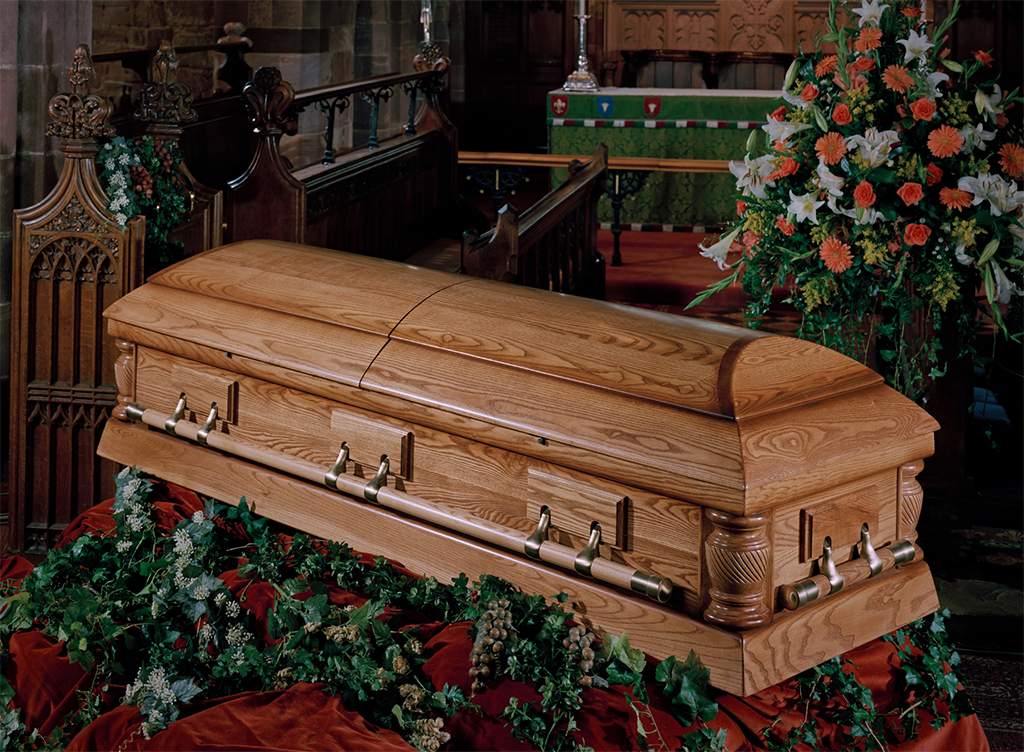

What we are really talking about here is not so much the change in how we honor, memorialize, or bury the deceased; it’s more about the time frame it takes for the body to decompose, the environmental impact of burial, cost factors, and whether an open casket is necessary.
Much of the process of a traditional burial would remain the same. The religious aspect would not change. If we remember that embalming is not a requirement unless you want to have an open casket viewing, then the only things that change are minimal to the actual burial process.
- The body takes 2-3 years to decomposed vs. ten-to-twenty years
- The overall cost would likely be thousands of dollars less - but that also is dependent on add-on services that you purchase through a funeral home.
- With the Mushroom Coffin, you do not necessarily need a funeral home, but how you handle the burial is more dependent upon state and local laws
Would this work across different geological locations with different types of climates?
Fungus requires moisture to thrive. The process in a dry environment would take much longer than in a wet environment. In environments where it is more dry conditions, this could be addressed with reasonable irrigation.
What are some reasons why some people would be opposed to this method?
People who are unsure of the exact reasons we have traditional burials might not accept the change to a fungi burial. The viewpoint is that one method may be more respectful of the dead.
Another issue is the lack of understanding of fungus - We are fearful of fungus such as black mold in homes, fungal infections, etc. The reality is that there are so many types of fungus that we tend to fear them all. There is also a misconception that embalming preserves the body when it only postpones decomposition long enough to go through the funeral process and bury the remains.
What are some other things that are being created/developed using mushrooms?
Mushrooms offer a vast array of potential for manufacturing including:
- Building Materials
- Textiles
- Packaging
Outside of manufacturing mushrooms and fungus are useful in the creation of biofuels, as medicines, and in products that are green cleaners.
The mycelium and wood chip combination has potential to be important for many aspects. If we look at the contents of landfills we can begin to see that replacing plastic containers, boxes, and other receptacles with mycelium and wood might reduce the pressures presented by materials that take longer to decompose. Also, in a landfill setting is the fact that the mycelium might also begin to decompose and neutralize other contaminants in the landfill. In the bowels of Chernobyl are fungi that consumers radioactive material. Fungus is remarkably capable of dealing with hazardous material.


Is the mushroom coffin right for you?
This will primarily be influenced by the product availability and how significant the matter of your carbon footprint is and what you are willing to do to reduce your impact on the environment, even after you have departed. Factoring in other components like costs and the conception of how the natural world should flow, the mushroom coffin can truly become an ideal innovative choice as a death care and funeral option.

